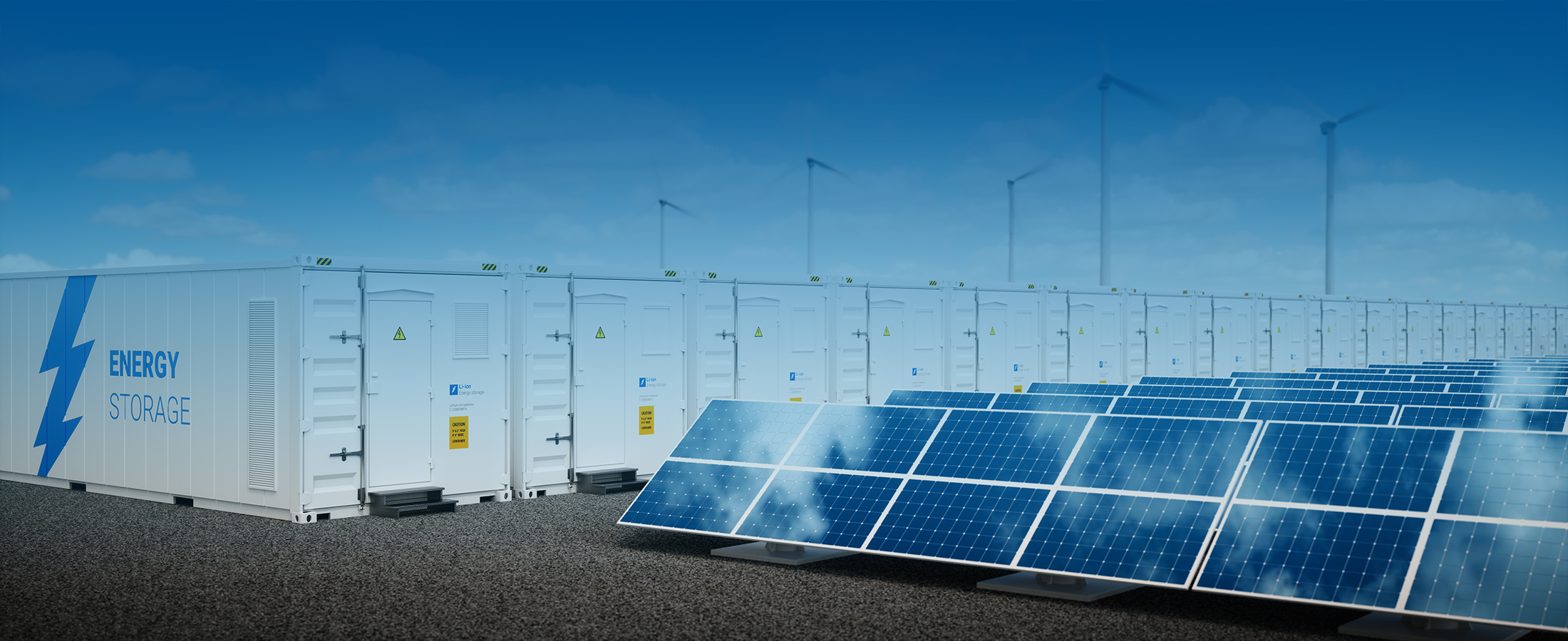Energy Storage in Emerging Markets to Increase by Over 40% Every Year Until 2025
Battery storage systems are emerging as one of the key solutions to effectively integrate high shares of solar and wind renewables in power systems worldwide. The systems have the unique capability to absorb quickly, hold, and then reinject electricity.
Battery storage systems can provide instantaneous response to transmission-distribution network systems to manage any variability caused by generation from renewable energy sources,” the report states.
If these batteries are paired together with renewable generators, they help to provide reliable and cheaper electricity in isolated grids and to off-grid communities. Most of the time, these grids rely on imported diesel fuel for electricity generation. Currently, utility-scale battery storage systems are popular in countries like Australia, Germany, Japan, the United Kingdom, the United States, and other European countries.
Currently, utility-scale stationary batteries dominate global energy storage. But by 2030, small-scale battery storage is expected to significantly increase, complementing utility-scale applications.
The behind-the-meter (BTM) batteries are connected behind the utility meter of commercial, industrial or residential customers, primarily aiming at electricity bill savings. Installations of BTM batteries globally is on the rise. This increase has been driven by the falling costs of battery storage technology, due to the growing consumer market and the development of electric vehicles (EVs) and plug-in hybrid EVs (PHEVs), along with the deployment of distributed renewable energy generation and the development of smart grids. In Germany, for example, 40% of recent rooftop solar PV applications have been installed with BTM batteries. Australia aims to reach one million BTM batteries installations by 2025, with 21 000 systems installed in the country in 2017.
Overall, total battery capacity in stationary applications could increase from a current estimate of 11 GWh to between 180 to 420 GWh, an increase of 17- to 38-fold.
Earlier, it was reported that the World Bank approved $300 million in loans for the China Renewable Energy and Battery Storage Promotion Project to increase the integration and utilization of renewable energy. This project is part of the World Bank Group’s September 2018 commitment to significantly increase support to battery storage solutions globally through a $1 billion battery storage investment program. The World Bank Group has already established a new international partnership – the Energy Storage Partnership (ESP) – a platform where countries can share lessons and experiences from China’s deployment of batteries in power systems.






